Personal Protective Equipment (PPE)
Refund Points are required to complete a risk assessment for all Container Deposit Scheme tasks. Part of this risk assessment needs to identify the Personal Protective Equipment (PPE) required for each task.
PPE is the last control measure that should be utilised for safety. Other controls, such as elimination and substitution, should be reviewed first.
A risk assessment of all tasks will allow organisations to determine:
- What PPE is required.
- The type of PPE required. (PPE is available in a range of different styles and protection levels)
- When it should be worn and how it should be worn.
Correct PPE training and education must be completed with all workers prior to first use. This must cover how to correctly wear, use, and maintain the PPE.
If you would like to find out more information about PPE, we recommend you watch our latest WHSE Webinar here.
Types of PPE Commonly Used
Most Refund Points use the following PPE:
High Visibility Clothing
Utilised across all sites due to the traffic on site — both external and internal such as forklifts.
A high visibility vest (as per Australian Standards) is the minimum standard.
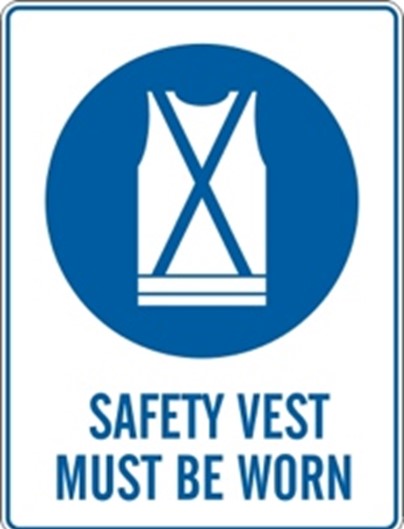
Steel Cap Boots
Steel cap boots or enclosed shoes must be worn across all sites. The type of shoe is determined by the risk assessment.
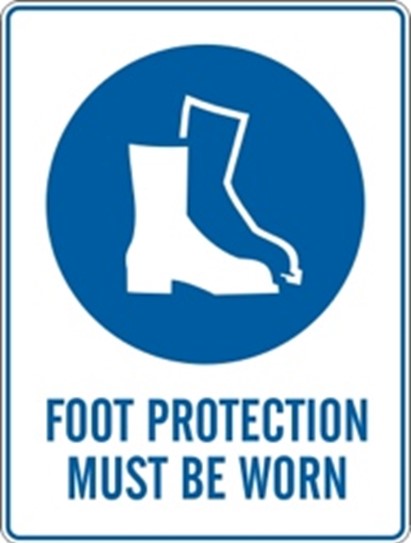
Hearing Protection
The tipping of glass causes high noise levels at irregular times.
Hearing protection (class 5 and above) is required to be worn during these times. A risk assessment will determine when to wear the hearing protection and what style can be used (plugs, earmuffs, etc.).
Providing hearing protection to customers may be required.
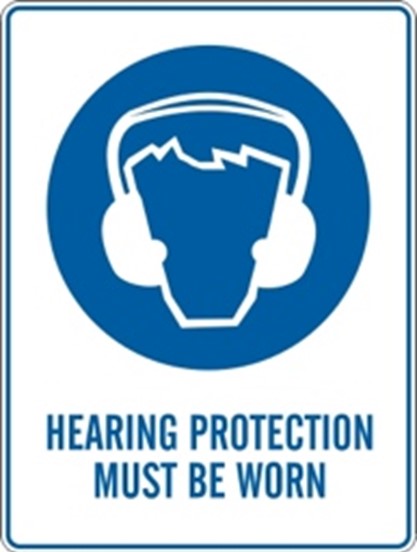
Please see Useful Links for further information on the class level of hearing protection.
Eye Protection
Eye protection may be required at specific times when completing tasks. This includes, but is not limited to, counting containers and tipping glass.
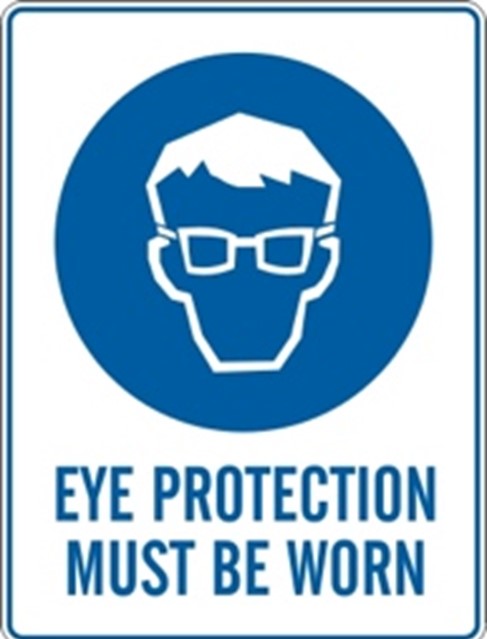
Hand Protection
Hand protection (cut 5) is recommended to be worn when counting containers. These are not needlestick proof but do assist with protecting against cuts and scratches.
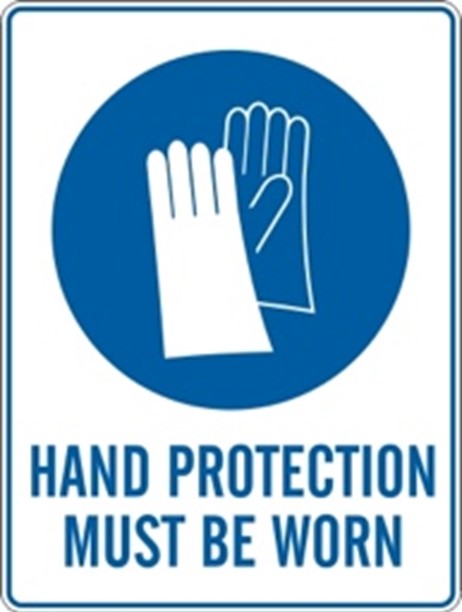
Please see Useful Links for further information on the cut level of gloves.